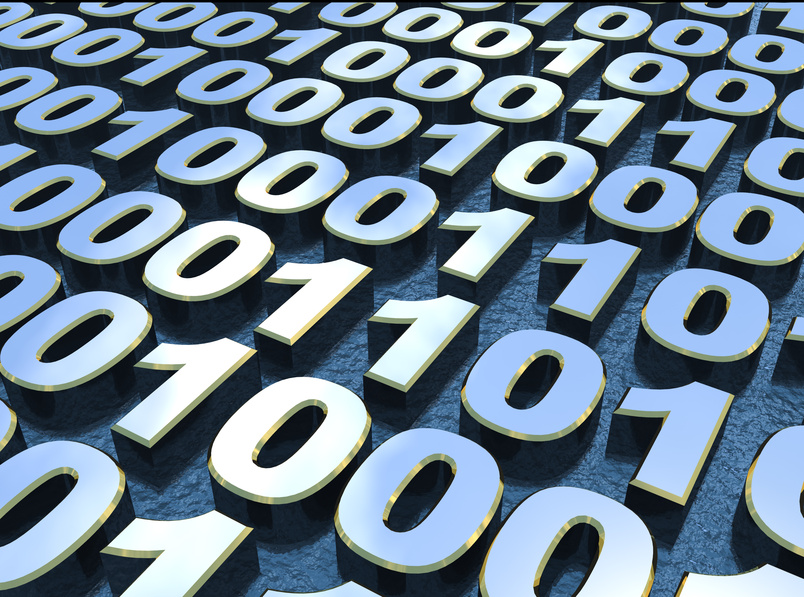Proof of Afterlife By Information
Abstract
Proof of Afterlife by Information discusses various aspects related to memory, computers, and the concept of afterlife. Here's a summary:
1. The Similarities Between a Computer and the Human Mind
Human and computer memory share remarkable similarities in structure, operation, and purpose, serving as vital repositories for information in their respective systems. Human memory encodes sensory inputs into neural patterns, while computers store data in binary form, both facilitating efficient storage and retrieval processes. Both exhibit exceptional efficiency in managing information. Memory, whether human or digital, remains steadfast and complete, even when information appears inaccessible, underscoring its enduring role in cognition and beyond. By examining these parallels, we enhance our understanding of human cognition and leverage interdisciplinary insights to explore the interplay between biological and computer intelligence.
2. Constructing a Memory Bus Using Logic Gates
Constructing a memory address bus relies on fundamental logic gate components, namely the NOT gate and BUFFER gate, which work in tandem to enable precise data storage and retrieval. A memory address bus connects the central processor to unique memory locations, facilitating the transfer of data. The NOT gate inversely controls current flow, while the BUFFER gate directly permits it, and together these gates form a binary matrix that represents memory addresses. By arranging these elements in sequences that correspond to binary numbers, the bus selectively activates specific memory locations, ensuring efficient data access. An eight-bit address bus, for example, uses eight address lines to identify 256 unique memory locations. Adding more address lines exponentially increases memory capacity, with modern systems employing 64 lines to access vast amounts of data. This design showcases how simple components can construct the intricate infrastructure supporting computer memory operations.
3. Constructing a Memory Binary Digit (BIT)
The foundation of computer memory is built on three primary logic gates: the NOT gate, AND gate, and NOR gate. While the NOT gate inverses inputs, the AND gate only allows current to pass when all inputs are active, and the NOR gate outputs a signal only when no inputs are active. These gates are combined to create flip-flops, fundamental devices capable of storing a binary state (ON or OFF). Flip-flops are the basis for bits, the smallest units of memory, which are organized into memory matrices to store vast amounts of data. This concept parallels human memory, which retains information continuously and perfectly. Speculative concepts suggest that human life is tied to memory integrity, with life potentially ending when a single memory "bit" is lost. These ideas highlight memory's role as both a physical and theoretical construct, essential to understanding life and its limits.
4. The Central Processing Unit (CPU) - The Center of a Computer
The CPU (Central Processing Unit) serves as the brain of a computer, orchestrating the seamless execution of instructions, memory management, and data processing. It operates through a precise sequence: interpreting instructions, managing memory interactions, and ensuring data integrity through error-checking mechanisms. The CPU interacts with memory systems, such as RAM and storage devices, to read and write data in steps involving address loading, data transfer, and instruction execution. Analogies between human thought and computer processing highlight similarities, with the brain as hardware and cognitive processes as software. Awareness in human cognition parallels program execution in a CPU, both operating sequentially, focusing on one task or instruction at a time. This structured operation underpins the powerful and intricate functionalities of modern computing, resembling a line of thought or point of view in human experience.
5. Comparing a Computer Storing RAM to a Human Storing the Environment
The concept of memory is explored as a system for storing reality, drawing parallels between the human mind and computer models. Memory absorbs sensory input, thoughts, and experiences as we move through life, much like how random access memory (RAM) in a computer temporarily holds data. Just as computers process and store information in discrete moments using an internal clock, human memory continuously captures the present environment, creating vivid, three-dimensional representations of reality. These memories are stored as complete and pristine moments, persisting even when awareness shifts to the present. While perfect memory storage might seem unattainable due to biological hardware limitations, the potential to preserve all experiences indefinitely remains an intriguing possibility. This notion underscores the intricate relationship between memory, time, and the human experience.
6. Human Memory as the Kingdom of Heaven
The relationship between data lines and memory capacity is pivotal in determining a computer's power. Each additional data line exponentially increases the addressable memory, and a 64-bit processor, for example, can access a staggering 18 quintillion unique memory addresses, providing immense capacity. A data word in a computer, equivalent to the number of data lines, determines the size of each memory location, with a 64-bit system capable of storing 64 bits of data per location. This expansive memory model can be compared to human awareness, where we focus on small amounts of information but are surrounded by a vast pool of experiences. Furthermore, calculations show that 64-bit memory could theoretically store a lifetime of experiences, with enough capacity to hold every second of life for over a century. Ultimately, memory in both humans and computers operates as an expansive, dynamic system, offering an infinite potential for data storage, whether in the realm of physical computing or the abstract space of human consciousness.
